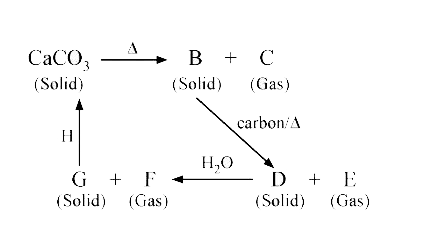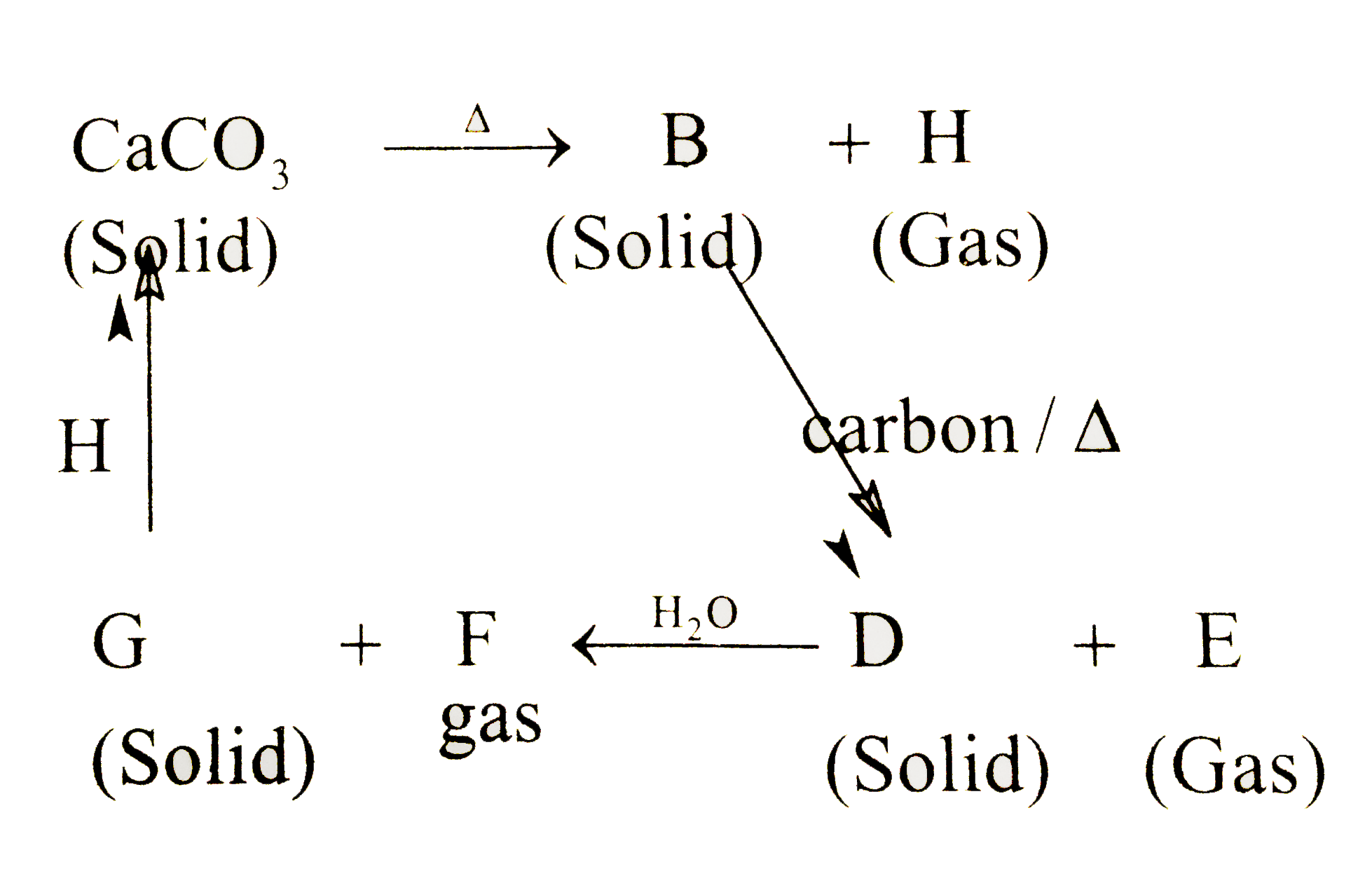Correct statement about 1 , 3 - butandiene is
Conjugated double bonds are present
Reacts with HBr
Forms polymer
All of these
The correct Answer is:d
To solve the question regarding the correct statement about 1,3-butadiene, we need to analyze its structure and properties. Here’s a step-by-step breakdown:
Step 1: Understand the Structure of 1,3-Butadiene
1,3-butadiene is a conjugated diene with the following structure:
H2C=CH−CH=CH2
- The first carbon (C1) and the third carbon (C3) are involved in double bonds.
- The molecule has a total of four carbon atoms.
Step 2: Identify the Properties of 1,3-Butadiene
1. Reactivity: 1,3-butadiene can undergo electrophilic addition reactions due to the presence of double bonds.
2. Stability of Carbocation: When 1,3-butadiene reacts, it can form an allylic carbocation, which is stabilized by resonance.
Step 3: Discuss the Reactions of 1,3-Butadiene
1. Electrophilic Addition: When 1,3-butadiene reacts with HBr, it can form two types of products:
- 1,2-Addition Product: This product results from the addition of HBr across the double bond between C1 and C2.
- 1,4-Addition Product: This product results from the addition of HBr across the double bond between C1 and C4.
2. Polymerization: 1,3-butadiene can also undergo polymerization to form synthetic rubber, known as Buna-S when it reacts with styrene.
Step 4: Conclusion
Based on the properties and reactions of 1,3-butadiene, the correct statements about it include:
- It can form both 1,2 and 1,4 addition products when reacting with HBr.
- It can polymerize to form Buna-S when reacted with styrene.
- It has an allylic carbocation that is stabilized by resonance.
Final Answer
Thus, the correct answer is that all of the statements regarding 1,3-butadiene are correct.
---
1,3-butadiene is a conjugated diene with the following structure:
- The molecule has a total of four carbon atoms.
1. Reactivity: 1,3-butadiene can undergo electrophilic addition reactions due to the presence of double bonds.
2. Stability of Carbocation: When 1,3-butadiene reacts, it can form an allylic carbocation, which is stabilized by resonance.
1. Electrophilic Addition: When 1,3-butadiene reacts with HBr, it can form two types of products:
- 1,2-Addition Product: This product results from the addition of HBr across the double bond between C1 and C2.
- 1,4-Addition Product: This product results from the addition of HBr across the double bond between C1 and C4.
Based on the properties and reactions of 1,3-butadiene, the correct statements about it include:
- It can form both 1,2 and 1,4 addition products when reacting with HBr.
- It can polymerize to form Buna-S when reacted with styrene.
- It has an allylic carbocation that is stabilized by resonance.
Thus, the correct answer is that all of the statements regarding 1,3-butadiene are correct.
Topper's Solved these Questions
- BOOK - DISHA PUBLICATIONCHAPTER - HYDROCARBONSEXERCISE - EXERCISE -2 CONCEPT APPLICATOR29videos
HYDROCARBONS
- BOOK - DISHA PUBLICATIONCHAPTER - HYDROCARBONSEXERCISE - EXERCISE -2 CONCEPT APPLICATOR29videos
HYDROCARBONS
- BOOK - DISHA PUBLICATIONCHAPTER - HALOALKANES AND HALOARENES EXERCISE - Exercise -2 : Concept Applicator28videos
HALOALKANES AND HALOARENES
- BOOK - DISHA PUBLICATIONCHAPTER - HYDROGENEXERCISE - Exercise - 2 : Concept Applicator30videos
HYDROGEN
Similar Questions
Knowledge Check
- Question 1 - Select One
Correct statement about 1.3-dibutene:
AConjugated double bonds are presentBReacts with HBrCForms polymerDAll of these - Question 2 - Select One
Correct statement about VBT is .
AEach bond is formed by maximum overlap for its maximum stabilityBIt represents localised electron modal of bonding.CMost of the electrons retain the same orbital localisation as in a separate atom,DAll are correct. - Question 3 - Select One
Correct statement about 1,3-dibutene :
Aconjugated double bonds are presentBreacts with HBrCforms polymerDall of the above




